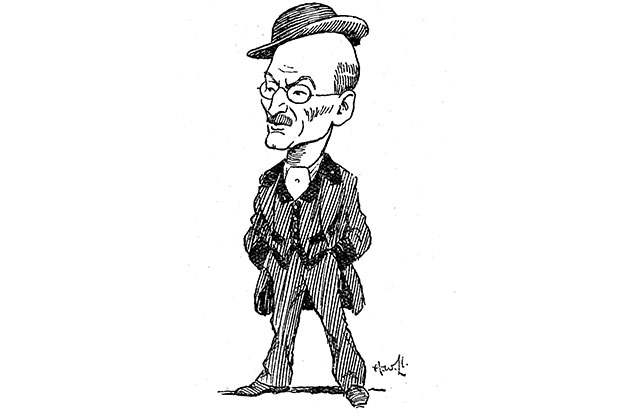History teaches no lessons but we insist on trying to learn from it. There is no political party more sentimental than the Labour party. The stone monument of Labour history is Clement Attlee’s 1945–51 administration, so any biography of the great man is, inevitably, an intervention into the present state of the party, even if it comes supported with all the best scholarly apparatus.
The last major biography of Attlee was Kenneth Harris’s official work, more than 30 years ago, in 1982. There is a neat symmetry to the fact that Harris was writing during the last occasion that the Labour party decided to join hands and walk off a cliff. If the leading lights of today’s party are at all interested in stopping before the edge, John Bew’s excellent new life yields two indispensable lessons.
The first is that Attlee was a social patriot, a conservative man who loved his public school, Haileybury, and lived in suburban splendour in Stanmore. The second was that the circumstances of his triumph can never be repeated. Labour has been misled by its best years. The methods and achievements of Attlee’s postwar government owe everything to the conflict they were seeking to redeem. Attlee was a war leader and most Labour leaders are trying to win the peace.
The two lessons join up in Bew’s portrait. This is the biography of a national figure before it is the biography of a Labour man. We encounter young Clem at Queen Victoria’s Diamond Jubilee and working among the dispossessed in Limehouse. We see Major Attlee at Gallipoli, the verse-writer prevented from being another Wilfred Owen only by a lack of talent. In his prime, we find Attlee as Churchill’s deputy prime minister during the war-time coalition and then as Labour prime minister from 1945.








Comments
Join the debate for just £1 a month
Be part of the conversation with other Spectator readers by getting your first three months for £3.
UNLOCK ACCESS Just £1 a monthAlready a subscriber? Log in